The knitted coats are coats made by knitting. They are essentially sweaters with more length, coverage, or lining, and thus more warmth.
Materials of the knitted coats
The knit coatigans come in various materials, each offering unique characteristics and benefits. Here are some common materials introduced below.
First, wool is a classic choice for knitted coats due to its excellent insulation properties. It provides warmth and is naturally moisture-wicking, keeping the wearer comfortable in various weather conditions. Wool coats are known for their durability and ability to retain shape over time. Second, cashmere is a luxurious and soft material. It is incredibly lightweight and provides exceptional warmth. Cashmere knitted coats are highly coveted for their unmatched softness and elegance. Third, acrylic is a synthetic fiber commonly used in knitted coats. It is known for its affordability, durability, and ability to mimic the look and feel of natural fibers like wool. Acrylic coats are lightweight, easy to care for, and often available in various colors and patterns. Third, mohair is made from the hair of Angora goats and is known for its lustrous appearance and silky texture. Mohair knitted coats offer lightweight insulation, making them suitable for colder and transitional seasons. Besides, knitted coats made from cotton are lightweight and suitable for milder weather conditions.
Factors to consider when choosing a knitted coat
Here are the six main things the wearer should consider when planning a good knitted coat cardigan.
The first factor is the length of the knit trench coat. The length of the body is an important difference in cardigans for everyday wear and knit coats. It is ideal to knit a body ending at the midthigh or lower for maximum heat. Second, the yarn fiber content should be considered. To some extent, the factor is closely related to the material of the knitted coat. Third, knitting a coat using a thicker-gauge yarn, for example, Aran-weight or larger wool or wool-blend, rather than with something thinner can offer a warm experience and will speed up the knitting process, which will save time and make it easier to complete the project. The fourth factor is the shawl collar or hood. Keeping the neck and head warm is a huge part of staying warm through the cold and windy seasons. An all-in-one insulated garment, which means a knitted coat with a substantial shawl collar or a functional hood, can keep the wearer free from additional accessories. Fifth, not only are cables beautiful centerpieces for knitted garments, but they are also functional. Because of the additional surface area created by the texture, it traps more heat than a stockinette's stitch. Additionally, the use of cables provides an extra thick fabric. Finally, other additional decorations and functions can be taken into consideration. For example, the knitted coat with pockets can offer a storage function and a place to warm the wearer's hands.








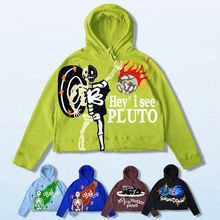
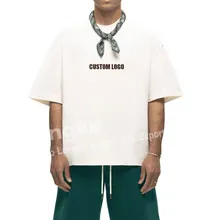


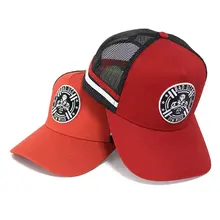



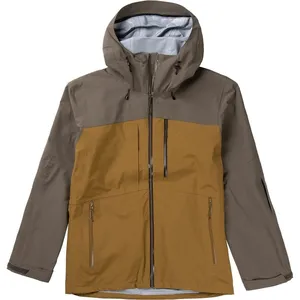

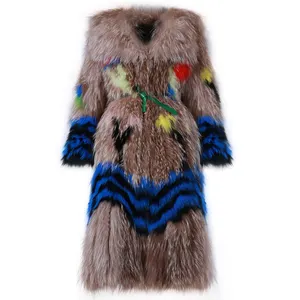
























 浙公网安备 33010002000092号
浙公网安备 33010002000092号 浙B2-20120091-4
浙B2-20120091-4